London’s Green Directory
Air Quality | Waste | Food | Water | Energy | Transportation | Ecowise Consuming | Empowerment| Biodiversity | Circular Economy
What is an Ecosystem?
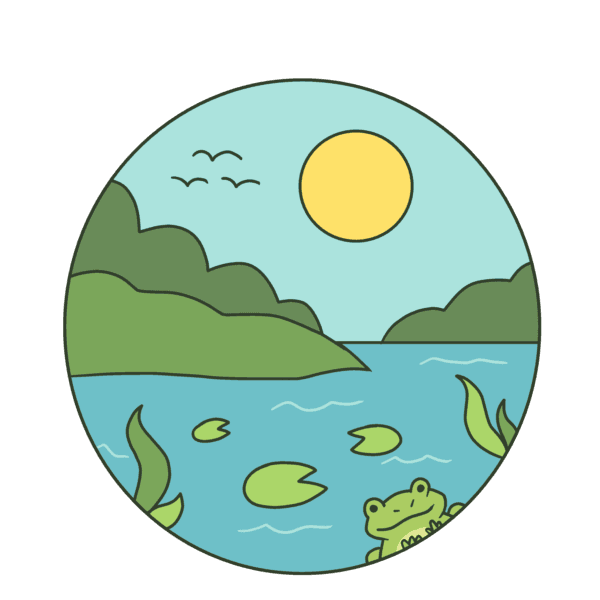
An ecosystem is the combination of living organisms such as plants and animals, and their physical environment. Ecosystems also vary drastically in size, from very small ecosystems such as a tide pool to large ecosystems such as a coniferous forest. The living components (plants, fungi, animals, etc.) of an ecosystem are known as the biotic factors while any non-living components (wind, temperature, soil, etc.) are known as the abiotic factors. These factors interact and depend on each other to create an ecosystem. Biotic and abiotic factors are dynamic and are prone to change over time, altering the entire ecosystem. Many changes are natural and do not negatively impact the ecosystem, however, human disturbances such as construction, poaching, and litter can lead to the damaging or even destruction of ecosystems. SOURCE
What are Ecosystem Services?
Ecosystem services are benefits that ecosystems provide to people as follows:
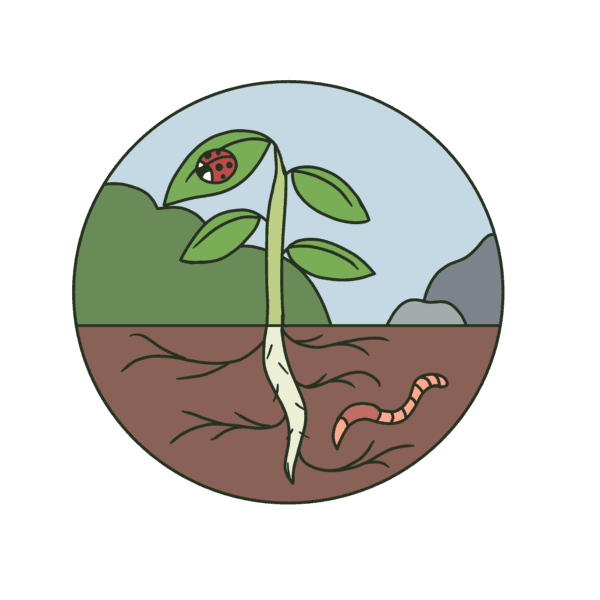
- Provisional – Resources such as food, water, wood, and minerals.
- Regulative – Benefits that regulate our environment such as how plants provide clean air, microbes decompose waste, bugs pollinate plants, and tree roots prevent soil erosion.
- Supporting – fundamental services that are essential to life such as nutrient cycling, the water cycle, and soil formation.
- Cultural – ways nature has influenced our cultures, education, recreation (hiking, swimming at a beach, etc.), and our religions. SOURCE SOURCE
What is Biodiversity?
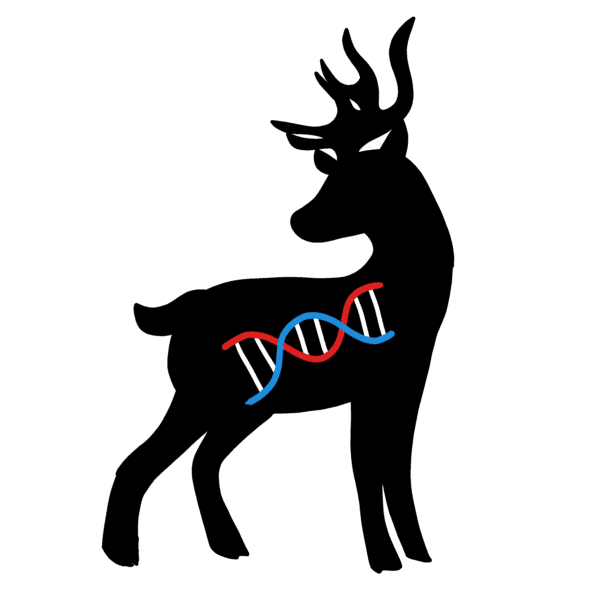
Biodiversity is the variability of life. It is studied on 3 levels:
- Genetic diversity – the variety of genetic information found in individual plants, animals, and micro-organisms
- Species diversity – the variety of species
- Ecosystem diversity – the variety of habitats, number of species in an ecosystem, and how abiotic and biotic factors interact
The more diverse something is, the more successful and healthier it will be. SOURCE SOURCE
What is Threatening Biodiversity?
Large and diverse ecosystems are adaptable and resilient to natural disturbances. However, as human development spreads and consumerism culture grows, ecosystems are forced to deal with rapid and massive changes. These changes caused by human-activity are leading to loss of ecosystem services and ultimately, the loss of ecosystems and species. There are 6 ways that humans are changing ecosystems:
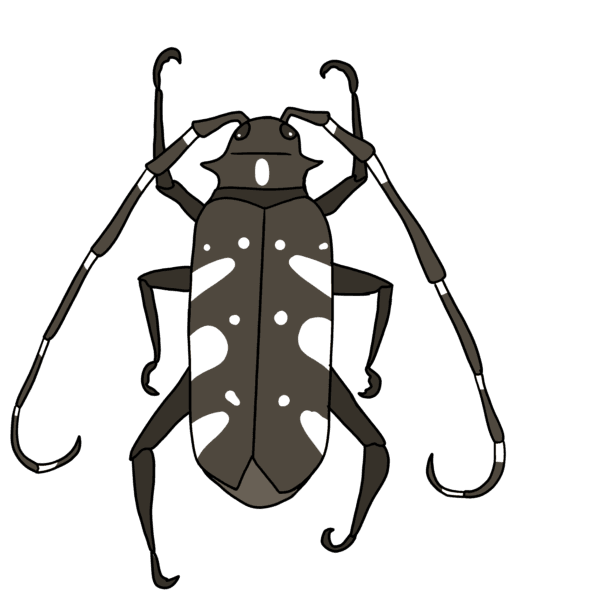

- Habitat loss – Development and industry require land to expand, however, this leads to the destruction and fragmentation of ecosystems. As ecosystems shrink, they become less resilient and lose ecosystem services. It also becomes difficult for native species to survive in the ecosystem as there is less food and space. Smaller ecosystems may also be surrounded by urban areas and roads which can be deadly for animals.
- Invasive alien species – These are animals introduced into an area by humans that end up eradicating native species and interfering with ecosystem services. Invasive species generally do not have any predators nor diseases in their new habitat, making it challenging and expensive to remove them.
- Population growth – As our population grows, so does our need for resources and space. This leads to higher demand of goods, food, residential development, and increases our ecological footprint.
- Pollution – Industrial processes, cars, development operations and many other human activities release harmful emissions into our air, soil, and water. These pollutants can have various negative effects on the environment such as acid rain, poisoning bodies of water, contributing to global warming, and leading to significant health risks in organisms. As human development spreads so will the amount of pollution that we produce. In addition, our increasing use of one-use plastic items has led to the accumulation of plastic pollutants in ecosystems which takes hundreds of years to break down. Many animals also consume the plastic waste as well which will not break down in their bodies and is thus harmful for their health.
- Unsustainable needs – Due to our populations’ increasing need for resources and our culture promoting the acquisition of goods, our demand for resources is increasingly unsustainable. Many resources we rely on are non-renewable like oil which means, for the most part, we only have a limited supply of that resource. If we take too much of it, we deplete the planet of it and no longer have access to that resource or the potential ecosystem services it provided. Furthermore, renewable resources are also being overharvested such as fish. Many species cannot keep up with the rate at which we remove them from their ecosystem. The continued removal of specific species could lead to the long-term consequences such as the species eventually going extinct.
- Climate change – This is the permanent shift in weather patterns in an area. Many species are not adapted to this sudden change in their environment and may not be able to survive it. Invasive and pest species have also been able to take advantage of the shifting climate and have spread to new areas. An example of this would be the tick which has been becoming more common in Ontario due to our warmer climate. These changes also impact ecosystem services, services that were once synchronous like pollinators emerging when flowers bloom, may become asynchronous, preventing pollinators from reaching as many flowers.

All of these threats can be mitigated by us as long as we take action by focusing on sustainable development and reduce our consumerism. SOURCE SOURCE SOURCE
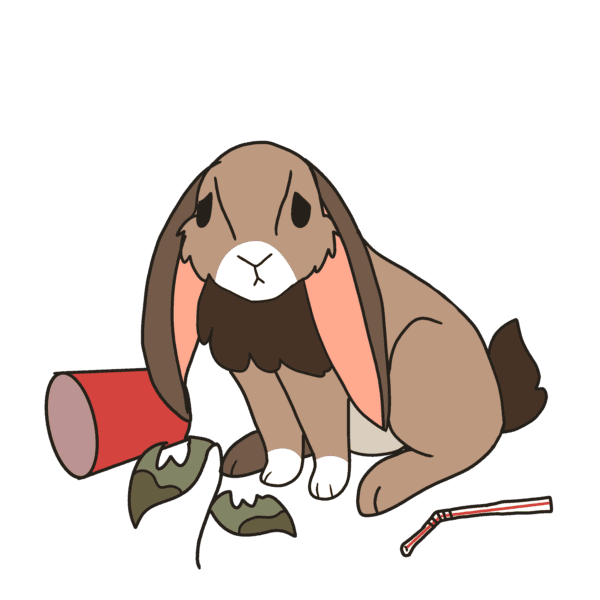
Why is Conserving Biodiversity Important?
Biodiversity is important since we are dependent on the services and resources it provides us. Without biodiversity, we wouldn’t have the variety of produce and medicinal plants that have aided us through generations. On a genetic scale, having lots of diversity helps to prevent diseases and allows for life to adapt to changes in their environment. If an ecosystem lacks biodiversity, it will be more prone to disturbances such as fires, floods, construction, and littering which can lead to loss. If we continue to lose vital ecosystem services such as pollinators and plants, our environment will no longer be able to sustain life. This is why it is key to protect and maintain biodiversity and our ecosystems.
Understanding Urban Ecosystems
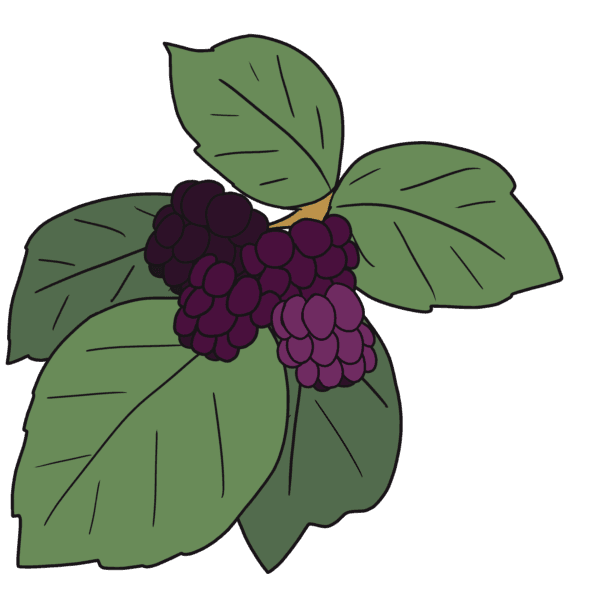
As urbanization spreads throughout Canada, it is important to understand the potential implications of these new urban ecosystems. Urban ecology is the study of this and has become more integral as 80% of Canadians that live in cities are directly impacted by the effects of unsustainable urban ecosystems. These effects include increased temperatures, wind tunnels, flooding, invasive species and smog. It’s an urban ecologist’s goal to look for ways to reduce the negative effects of urban ecosystems and look to constructing cities that integrate ecosystem services by including more green spaces such as urban forests and woodlots, planting trees that are beneficial to the area, avoiding the planting of invasive plants, and ensuring tall buildings have surfaced windows that reduce bird collisions.
An example of a successful urban ecology case study is the District of North Saanich, BC with onslaughts of invasive plants in parks and public spaces every year. Dealing with these plants is an expensive and complex problem as many enjoy some invasive species such as Himalayan blackberry. This situation led North Saanich to call on a group of ecologists to develop a framework to best tackle this problem. In 2012, this culminated into an Invasive Species Management Strategy which was a resounding success as it integrated ecologists, planners, municipal staff, and the public into the process. The strategy called for comprehensive educational materials, workshops, presentations for the public as well as interviews with a variety of demographics. From there, ecologists were also able to develop a ‘Watchlist’ for invasive species available to the public. They also worked on removing plants from public areas that heavily impacted ecosystem services or were hazardous to the public’s health. However, invasive plants that did not fall into either of these categories and were enjoyed by the public were maintained at a reasonable level instead of being completely removed from public spaces. Overall, this strategy led to the successful removal of invasive species and kept everybody engaged, cut costs by only focusing on the removal of truly harmful species, and ensured that the public spaces and parks could be enjoyed by all.
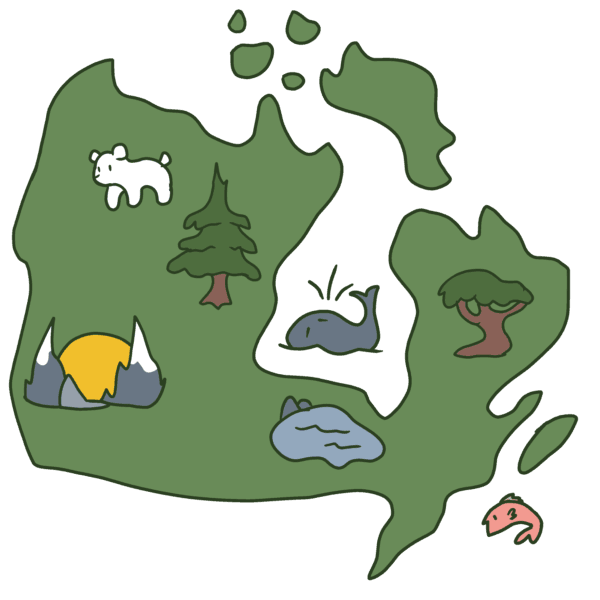
Canada’s Biodiversity
Thanks to Canada’s wide range of climates, topographies, and large size, Canada is incredibly diverse in species and ecosystems. Some ecosystems here include prairies, tide pools, temperate rainforests, kelp forests, tundra, and deep-sea thermal vents. Within these ecosystems lives about 71,000 described species with another estimated 69,000 undescribed species. Unfortunately, due to habitat loss and climate change, thousands of species are likely at risk and many already have gone extinct.
What is Canada doing to Conserve Biodiversity?
In June 2024, Canada unveiled its 2030 Nature Strategy, outlining a comprehensive plan to halt and reverse biodiversity loss nationwide. This strategy emphasizes Indigenous leadership in conservation efforts, recognizing the vital role Indigenous communities play in stewarding the land. To support these initiatives, the government has committed up to $800 million for large-scale, Indigenous-led conservation projects, utilizing innovative funding models to ensure long-term sustainability.
In 2015, the federal, provincial, and territorial governments also announced the 2020 Biodiversity Goals and Targets for Canada, a series of medium-term goals dedicated to maintaining biodiversity encouraging:
- Better land use planning management
- Environmentally sustainable management
- Providing accessible information about biodiversity ecosystem services
- Raising awareness and encouraging participation in terms of biodiversity conservation
These goals were also focused on being inclusive and engaging a wide variety of demographics in this process such as conservation groups, scientists, indigenous peoples, and businesses.In 2018, a follow-up report identified overall significant progress has been made in maintaining Canada’s ecosystems, with increases in conserved habitats, sustainable agriculture, improved forest management, and reduction of invasive species. However, some targets are behind schedule such as the conservation of more terrestrial and freshwater habitats and the biodiversity of Canadian waters.
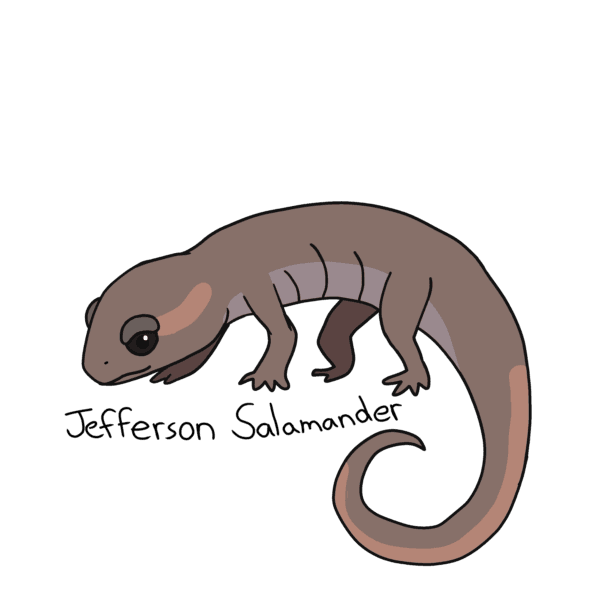
Other acts that protect Canadian biodiversity such as the Species at Risk Act and Migratory Birds Convention Act provide legal protection to many species. However, with the speed of growth and development and high rates of consumerism within Canada, there is always room for improvement to reduce the negative consequences of these actions.
What is Ontario doing to Conserve Biodiversity?
In 2005, Ontario formed the Ontario Biodiversity Council to monitor Ontario’s biodiversity and develop strategies to maintain Ontario’s biodiversity. The Council includes representatives from various indigenous, environmental, academia, business, and historical associations. In 2011, they developed the Ontario’s Biodiversity Strategy which has 3 main goals which emphasize its 4 strategic directions to engage people, reduce threats, enhance resilience and improve knowledge:
- Incorporate biodiversity into everyday life and decision-making. This means implementing more sustainable ways of thinking at home, in school, and at work.
- Protect and restore Ontario’s biodiversity.
- Use Ontario’s resources sustainably.
These divisions are backed up by a series of objectives and actions that the sectors across the province can take towards conserving biodiversity. Progress is being monitored over a 10-year time period.

Although Ontario has taken steps to conserve biodiversity, various pro-industry policies have taken the province several steps back. During the summer of 2020, Ontario logging industries were progressively de-regulated allowing them to by-pass the Endangered Species Act as they cut down forests. Public input has also decreased when it comes to environmental assessments of these logging operations, inhibiting the public’s ability to speak out against this. In July 2020, the Environmental Assessment Act, an act used to review the environmental impacts of development, was weakened in order to allow for less regulated development.
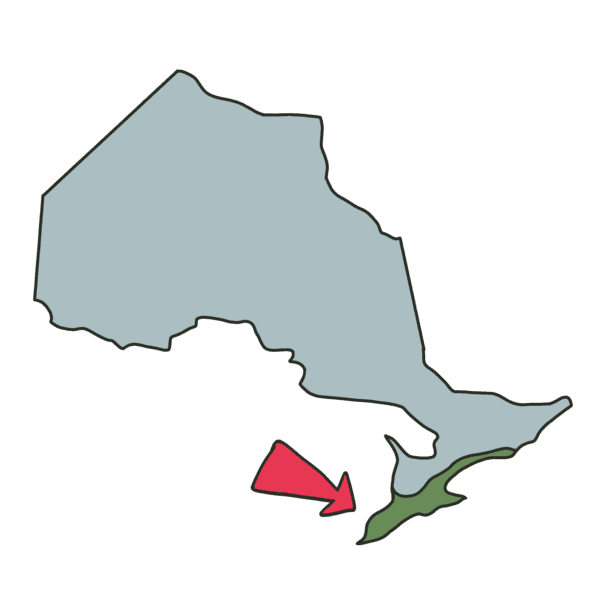
London’s Biodiversity
London is a part of Canada’s most environmentally significant regions, the Carolinian region. This region is a hotspot for Canada’s biodiversity for many reasons such as its warm climate, wetlands, abundance of fresh water, long growing seasons, and rich soils. Due to its favourable conditions, it has also been heavily developed, making it one of Canada’s most endangered ecosystems. On top of that, over 400 endangered species live within this region, some of which are exclusively found here such as the Jefferson salamander.
What is London doing to Conserve Biodiversity?
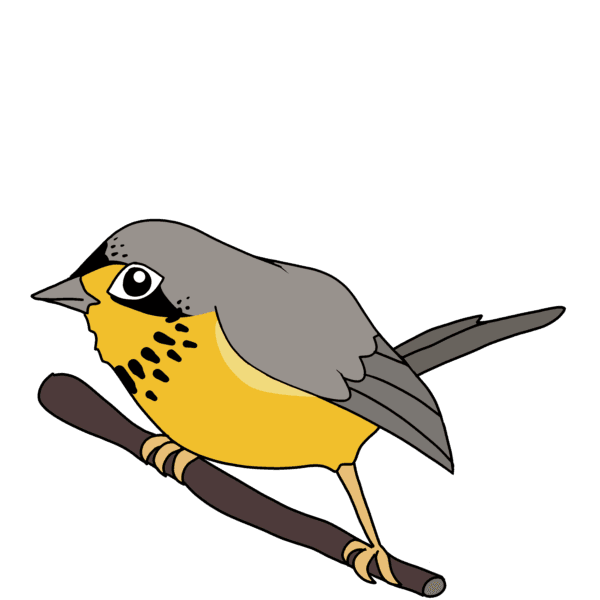
The City of London is working to conserve London’s biodiversity through a new Climate Emergency Action Plan. This plan is focused on mitigating the effects of climate change, one of the main threats to biodiversity. This is accomplished by promoting green development and redevelopment of old sites, increasing public transit and biking, encouraging citizens to adopt more sustainable lifestyles, and protection of resources. Currently the plan is accepting input from the public.
The City has guidelines to ensure future buildings and potential pre-existing buildings have bird-friendly infrastructure to prevent birds from colliding into windows. In Canada, 25 million birds die from flying into windows every year. Examples of bird-friendly infrastructure include adjusting the city’s lighting to reduce light pollution in certain areas, decreasing the amount of reflective glass on windows, and putting markers on windows that make them more visible to birds. Light pollution has also been addressed as it impacts the behaviour of animals, fish and bugs. Reducing wasted lighting energy has been an easy and crucial way to lessen light pollution.
In order to manage invasive species in London, the London Invasive Plant Management Strategy was developed. This plan focuses on the prevention and eradication of harmful invasive species while also looking into the rehabilitation of the affected areas. The 6 invasive species this plan prioritizes are Phragmites, Japanese Knotweed, Dog-strangling Vine, Common Buckthorn, Glossy Buckthorn, and Giant Hogweed. Many of these can commonly be found in green spaces and growing in backyards. Removing these invasive species will lead to improved ecosystem services and local biodiversity.
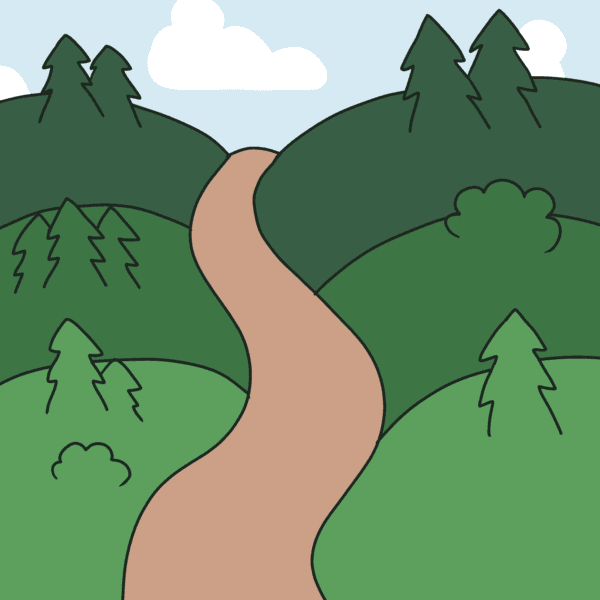
London is home to 21 environmentally significant areas (ESA). These areas conserve important ecosystems such as wetlands, valleys, forests, and habitats of endangered wildlife. Once an area is classified as an ESA, the Upper Thames River Conservation Authority will monitor and maintain the area. This includes ensuring people do not develop on this land, managing invasive species, creating and maintaining trails, and preventing access to areas with sensitive endangered species. Many of these areas have hiking trails where you can explore them and see what London’s natural beauty has to offer.
London’s natural beauty has also inspired many conservation groups such as Nature London, the Pollinators Pathways Project, and the London Environmental Network (LEN). These groups work together to engage the city in the natural world and learn more about the species that inhabit it. Environmental events such as Carolinian Canada’s Go Wild Grow Wild Green Expo promotes biodiversity, sustainability, and growing of native plants. With the help of these groups, Londoners of all ages are taking action towards a greener future.
What can I do to Help?
Protect Ontario’s biodiversity by taking action through:
- Managing invasive species by: Growing native plants in your garden, you can use this guide to help. Growing pollinator-friendly plants using the Pollinator Pathway Project’s guide. Familiarizing yourself with invasive species through this site. Reporting invasive species by calling the invasive species hotline 1-800-563-7711. Following this guide growing non-invasive trees in your neighbourhood.
- Getting to know London’s natural beauty by: Exploring London’s many beautiful hiking trails. Familiarizing yourself with Ontario’s species at risk and reporting sightings using this guide. Participating in citizen science research projects through these cellphone apps and/or by exploring these many citizen science projects as well as Naturewatch.
- Going local and going litterless by: Avoiding wasteful plastic products like straws, floss, utensils, toothbrushes, etc. Using zero-waste products which you can purchase from Reimagine Co and other shops. Purchasing local food, from the Covent Garden Market as well as Western Fair’s Farmer’s Market.
- Giving back to your Community by: Organizing a neighbourhood garbage clean-up day. Commenting on London’s Climate Emergency Action Plan. Joining Ontario Turtle Conservation Centre’s team by applying here and lastly, reaching out to London-based organizations as listed below:
| ORGANIZATION | DESCRIPTION |
| Thames Talbot Land Trust 944 Western Counties Rd, London 519-858-3442 info@ttlt.ca | Thames Talbot Land Trust (TTLT) is dedicated to protecting environmentally significant lands through acquisition, conservation easements, landscape restoration and education. |
| Upper Thames River Conservation Authority 1424 Clarke Road, London 519-451-2800 infoline@thamesriver.on.ca | The Upper Thames River Conservation Authority (UTRCA) was the sixth Authority formed in Ontario, being created by Order in Council on September 18, 1947. The UTRCA covers the upper watershed of the Thames River, an area of 3,421 square kilometres. |
| City of London: Urban Forest Strategy FocusOnOurForest@london.ca | A plan that engages citizens and outlines the necessary steps the City of London must take to protect, enhance, and monitor the urban forest that defines London as the “Forest City”. |
| London’s Ecological Community Advisory Committee | Provides guidance to the City of London regarding natural heritage systems such as Environmentally Significant Areas, bodies of water, forests, etc. |
| London Animal Care Centre 121 Pine Valley Blvd, London 519-685-1330 info@accpets.ca | Pet adoptions, bylaw enforcement, lost and found pets and shelter care for sick or injured wildlife within the City of London. https://www.accpets.ca/ |
| Humane Society London & Middlesex 1414 Dundas St, London 519-451-0630 administration@hslm.ca | Provides a shelter facility for animals, acts as an advocate in animal welfare matters, and educates the community about related issues. Reporting suspected cruelty to animals. |
| Salthaven Wildlife Rehabilitation and Education Centre 519-264-2440 admin@salthaven.org | Salthaven Wildlife Rehabilitation and Education Centre is committed to the care and rehabilitation of sick, injured, orphaned or otherwise compromised wildlife. |
| City of London – Enforcement 519-661-4660 enforcement@london.ca | Municipal Law Enforcement determines particular by-laws or areas to benefit from proactive enforcement, but in most cases are responding reactively to community complaints such as reporting excessive wildlife feeding. |
| Ontario Invasive Plant Council info@oninvasives.ca | Provide leadership, expertise and a forum to engage and empower Ontarians to take action on invasive plant issues. |
| Carolinian Canada Society 201 King St (Innovation Works) 519-433-7077 info@carolinian.org | Carolinian Canada’s diverse network advances a strategic ‘Big Picture’ vision for healthy landscapes and a green future in Canada’s southern areas. |
| Seek by iNaturalist | Reporting native/invasive/rare species. On iNaturalist, Seek shows you lists of commonly recorded insects, birds, plants, amphibians, and more. |
| Nature London 519-457-4593 info@naturelondon.ca | Nature London is dedicated to promote and protect the beauty of London’s natural areas. They also take action on other environmental causes. |
| ReForest London 944 Western Counties Rd 519-936-9548 info@reforestlondon.ca | A non-profit organization dedicated to working with the community to promote a healthy environment by planting trees. |
| London Environmental Network 944 Western Counties Rd 226-700-6945 hello@londonenvironment.net | The London Environmental Network’s (AKA, LEN) mission is to create environment-friendly changes through community collaboration and participation. This is accomplished through programs such as Go Wild Grow Wild, the Environmental Incubator, and Green Economy London. |
| Pollinator Pathways Project pollinatorpathwaysproject@gmail.com | The Pollinator Pathways Project promotes London as a pollinator sanctuary and help provide everyone with the resources and knowledge to create their own garden |
